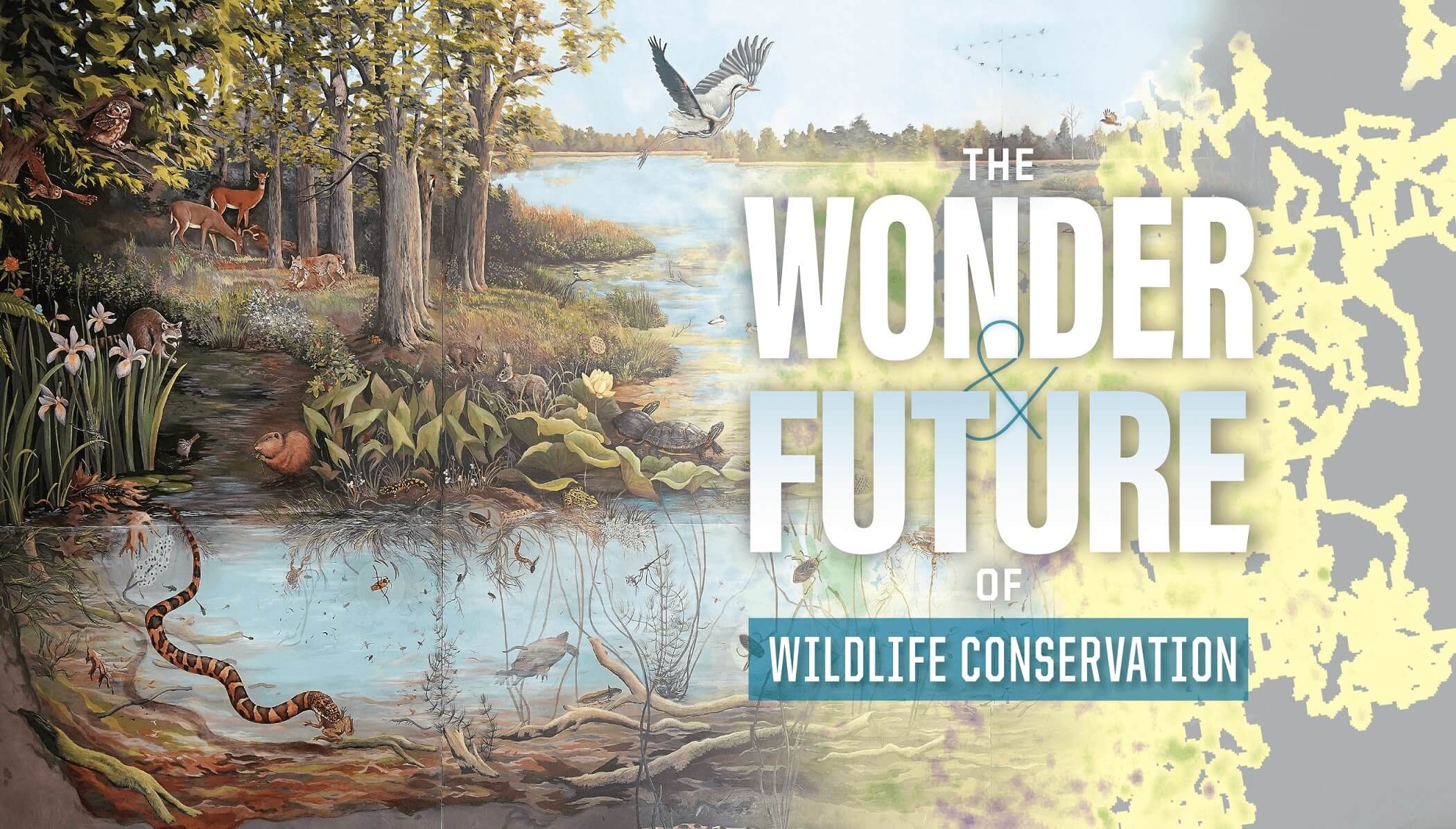
Graduate students in Pat Zollner’s lab are researching diverse projects. They’re studying black vulture ecology and the birds’ interaction with livestock, understanding the ecological implications of the white nose disease wiping out bat populations, working to prevent the spread into Indiana of chronic wasting disease among deer, managing primates in West Africa and coordinating better management in California of a small, endangered bird called least Bell’s vireo.
The lab applies a core technique called agent-based modeling, in which researchers build virtual universes. Here they simulate ecosystems, modeling plants and animals based on their behavior in real settings and different circumstances.
“We do field biology, learn about the rules that local, individual animals use, and then create virtual versions of the animals inside a computer,” Zollner says. “Then we can come up with multiples of one forest and replicate them.”
Such a tool could inform the National Forest Service, for example, about how habitat changes resulting from human activity influence animal movement patterns. Zollner studied the American marten to learn how the weasel-like mammal moves across a forested landscape, where it chooses to settle and the danger it faces in different locations.
By using the field data to create virtual martens, “we can say if the National Forest Service manages the national forests according to plan A for the next 50 years, we’d get the following configuration of forest types,” he explains. But a plan B or plan C would bring different results. Thus, the models can show how to manage a forest to a composition that enhances a species’ ability to thrive there.
In this case, researchers gained insight into the endangered marten’s ability to move between different locations and, importantly, Zollner says, “to keep demographically connected enough so that they can keep breeding and producing more baby martens, versus becoming isolated and dying out over time in some places.”
